Table of Contents[Hide][Show]
- Nutrivore Score for Deer Meat – 683
- Deer Meat Nutrition Facts
- Deer Meat Nutrition Varies With Cooking and Processing
- Game Meat Nutrition Varies With Type
Health Benefits of Deer Meat Nutrients+−
- Deer Meat Provides 15.8 mg of CoQ10
- Deer Meat Provides 263% DV Vitamin B12 (Cobalamin)
- Deer Meat Provides 23.0 g of Protein
- Deer Meat Provides 40% DV Vitamin B3 (Niacin)
- Deer Meat Provides 37% DV Vitamin B2 (Riboflavin)
- Deer Meat Provides 28% DV Copper
- Deer Meat Provides 100.0 mg of Taurine
- Deer Meat Provides 22% DV Vitamin B6 (Pyridoxine)
- How Much Deer Meat Should We Eat Per Day?
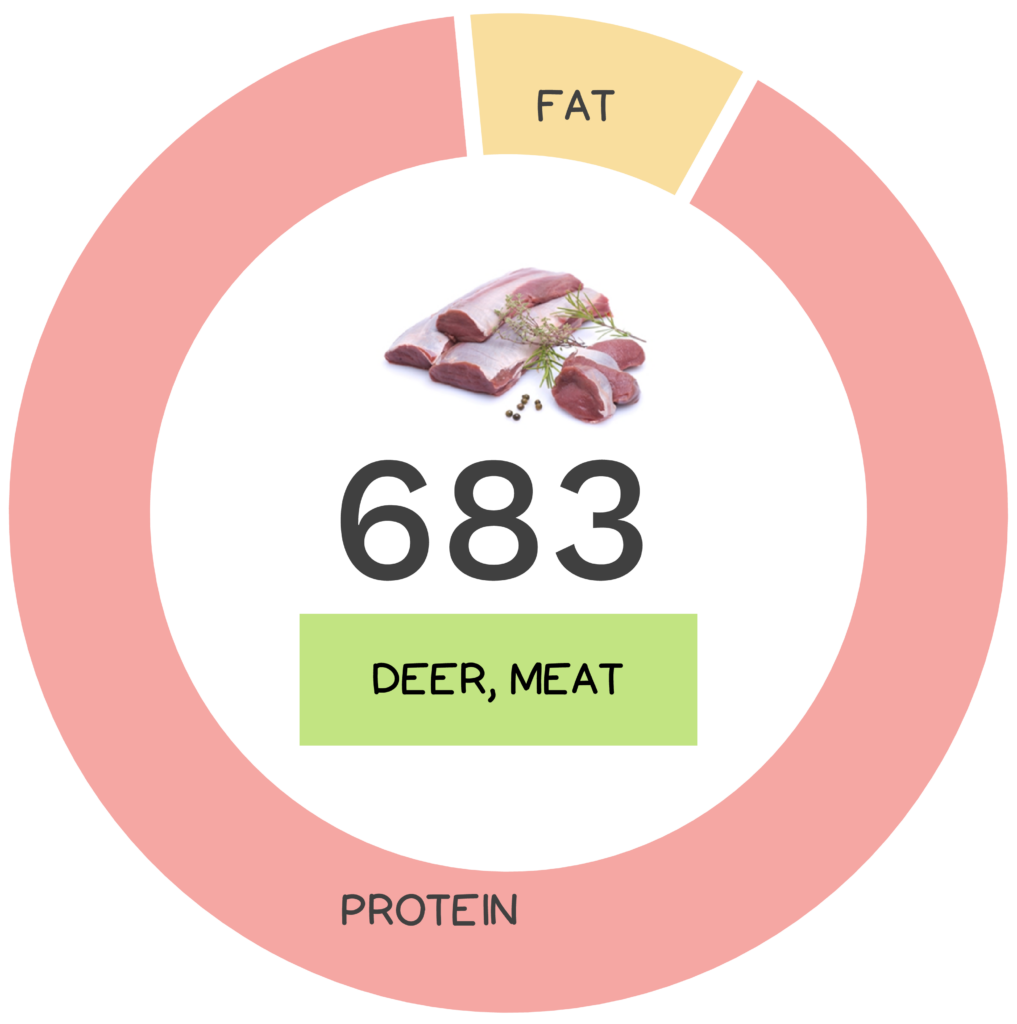
While deer meat is popular amongst hunters, the rest of us may not have had the pleasure of experiencing this nutritious and tasty wild game. However, with the rise in commercial ranching it’s easier to find and definitely worth the effort to seek it out. Deer can be butchered into cuts similar to beef, which it resembles in color and texture, though it has its own distinctive flavor. “Doe” yourself a favor and give it a try! (groan)
North American deer species include caribou, elk, moose, mule deer, and white-tailed deer.
Deer are widely distributed throughout the world, with the highest number of species found in Asia. In general deer are characterized by their long, powerful legs, small tail and long ears. Males have antlers which are temporary and regularly regrow. They primarily feed on foliage, fresh grasses, shoots, soft twigs, fruit, and fungi. North American deer species include caribou, elk, moose, mule deer, and white-tailed deer, though other species have successfully been introduced.
Deer meat is also known as venison, which is a term that comes from the Latin ‘venari’ meaning ‘to hunt or pursue’ and originally referred to the meat of any kind of edible game.
Deer meat is considered a type of wild game meat. Many of us probably know it as “venison” which is a term that comes from the Latin ‘venari’ meaning ‘to hunt or pursue’ and originally referred to the meat of any kind of edible game, though now primarily refers to any kind of deer (including antelope, elk etc.). Deer was an important food source for early humans as evidenced by their extensive depictions in cave paintings. Its popularity continued throughout the Middle Ages where deer was used for its meat, skins, and antlers (used in handles for knives). Today deer hunting is still a popular activity all over the world, where it may only be legal in certain areas during certain times of year. In the US alone, licenses for deer hunting generate $700 million annually and lots more revenue in associated expenses! Historically, hunting was the only way to get your hands on venison, though the strong “gamy” flavor of wild-caught deer did not appeal to many people (plus in many places it is illegal to sell unlicensed wild game meat). However, with the advent of commercial ranching of pasture-raised deer, bred on a consistent diet, venison available for purchase from retailers is considered less gamy and largely more appealing to the general public. Venison is a versatile lean meat which can be swapped for beef in most recipes. It is popularly consumed as burgers, jerky, roasts, sausage, steaks, and in stew. Axis deer is considered by most hunters to be the best tasting game meat, while red deer is common in British cooking and fallow deer is the traditional venison used in European recipes. Today, New Zealand is the leader in deer production, with Ireland, Great Britain and Germany collectively contributing to over 100 million “bucks” annually. (Hyuck!)
Nutrivore Score for Deer Meat – 683
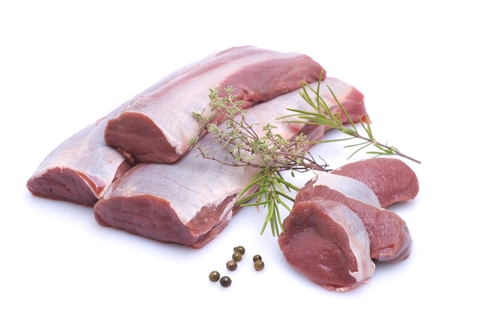
Deer meat has a Nutrivore Score of 683, making it a high nutrient-dense food! Plus, it is a low-carb and low-fat food; deer meat has 0 grams of net carbs and 2.4 grams of total fat per 3.5-ounce serving.
Per serving, deer meat is a best source (>50% daily value) of coQ10 and vitamin B12 (cobalamin); an excellent source (20-50% daily value) of copper, protein, taurine, vitamin B2 (riboflavin), vitamin B3 (niacin), and vitamin B6 (pyridoxine); and a good source (10-20% daily value) of iron, phosphorus, selenium, vitamin B1 (thiamin), and zinc.
Ditch Diets. Embrace Nutrients. Start with this FREE Guide.
Sign up for the free Nutrivore Newsletter, your weekly, science-backed guide to improving health through nutrient-rich foods — without dieting harder —and get the Beginner’s Guide to Nutrivore delivered straight to your inbox!

Deer Meat Nutrition Facts
One serving of deer meat is standardized to 100 grams (3.5 ounces). When you cook deer meat, it reduces in volume by approximately 25%: 100 grams of raw deer meat is equivalent to 76 grams of roasted deer meat.
Deer Meat Nutrition Facts Per Serving
| Deer meat, raw | Nutrivore Score: 683 | Nutrient Density: High |
|---|---|---|
| Serving Size: 3.5 ounces (100 grams) | Protein: 23.0 grams | Net Carbohydrates: 0.0 grams |
| Calories: 120 | Total Fat: 2.4 grams | Dietary Fiber: 0.0 grams |

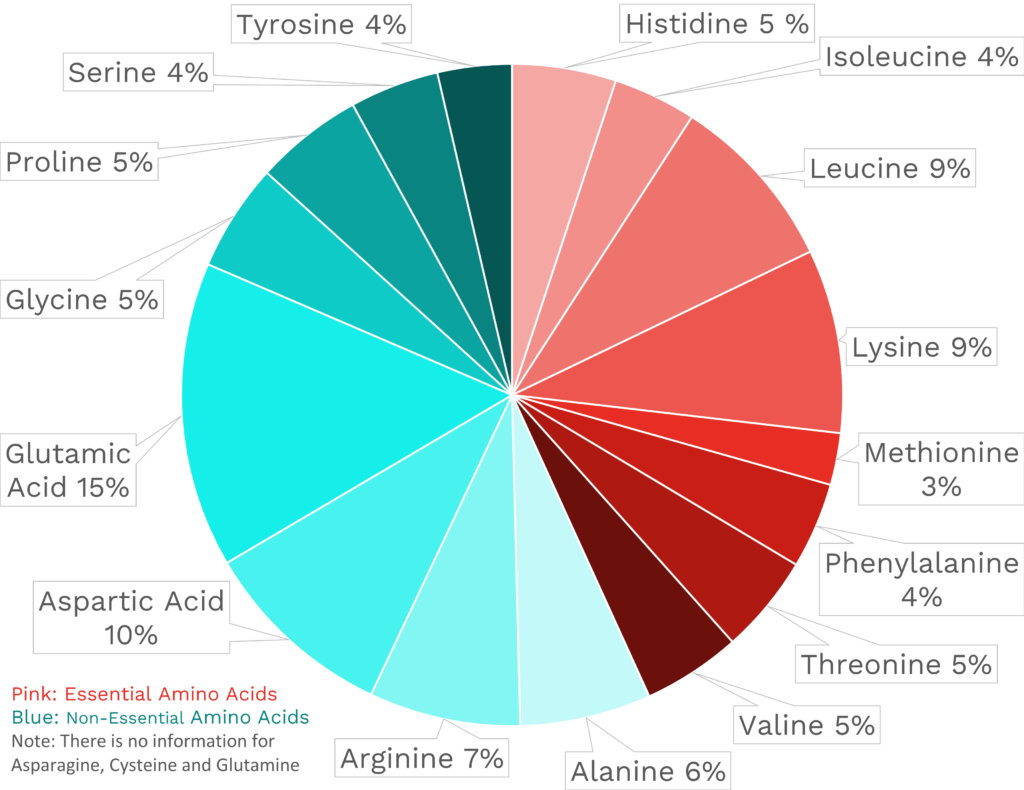
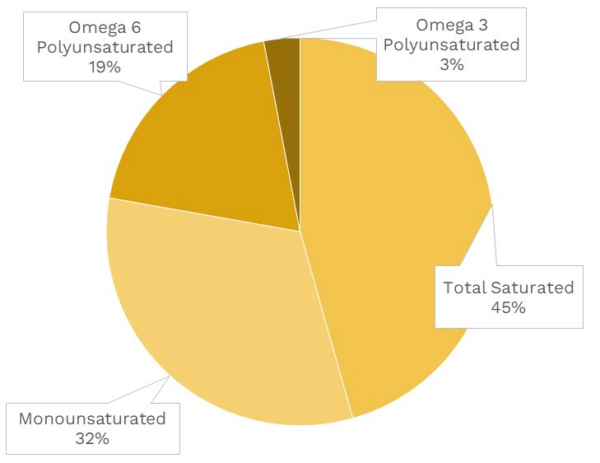
| VITAMINS | ||
|---|---|---|
| Vitamin A | 0.0 μg RAE | 0% DV |
| Vitamin B1 (Thiamin) | 220.0 μg | 18% DV |
| Vitamin B2 (Riboflavin) | 480.0 μg | 37% DV |
| Vitamin B3 (Niacin) | 6.4 mg | 40% DV |
| Vitamin B5 (Pantothenic Acid) | ~ | ~ |
| Vitamin B6 (Pyridoxine) | 370.0 μg | 22% DV |
| Vitamin B7 (Biotin) | 1.0 μg | 3% DV |
| Vitamin B9 (Folate) | 4.0 μg | 1% DV |
| Vitamin B12 (Cobalamin) | 6.3 μg | 263% DV |
| Vitamin C | 0.0 mg | 0% DV |
| Vitamin D (D2 + D3) | ~ | ~ |
| Vitamin E | 0.2 mg | 1% DV |
| Vitamin K | 1.1 μg | 1% DV |
| Choline | ~ | ~ |
| Myo-Inositol | 30.0 mg | ~ |
| CoQ10 | 15.8 mg | ~ |
| FUNCTIONAL FATS | ||
|---|---|---|
| MUFA | 0.7 g | 3% DV |
| ALA | 70.0 mg | 4% DV |
| EPA + DHA | 0.0 mg | 0% DV |
| CLA | 18.2 mg | ~ |
| Linoleic Acid | 0.3 g | 2% DV |
| MCT’s | 0.0 g | ~ |
| MINERALS | ||
|---|---|---|
| Calcium | 5.0 mg | 0% DV |
| Copper | 253.0 μg | 28% DV |
| Iodine | ~ | ~ |
| Iron | 3.4 mg | 19% DV |
| Magnesium | 23.0 mg | 5% DV |
| Manganese | 41.0 μg | 2% DV |
| Phosphorus | 202.0 mg | 16% DV |
| Potassium | 318.0 mg | 7% DV |
| Selenium | 9.7 μg | 18% DV |
| Sodium | 51.0 mg | 2% DV |
| Zinc | 2.1 mg | 19% DV |
| PHYTONUTRIENTS | ||
|---|---|---|
| Carotenoids | 0.0 μg | ~ |
| Polyphenols | 0.0 mg | ~ |
| Phytosterols | 0.0 mg | ~ |
| Glucosinolates | ~ | ~ |
| Thiosulfinates | ~ | ~ |
| Betalains | ~ | ~ |
| AMINO ACIDS & PEPTIDES | ||
|---|---|---|
| Taurine | 100.0 mg | ~ |
| Ergothioneine | 0.1 mg | ~ |
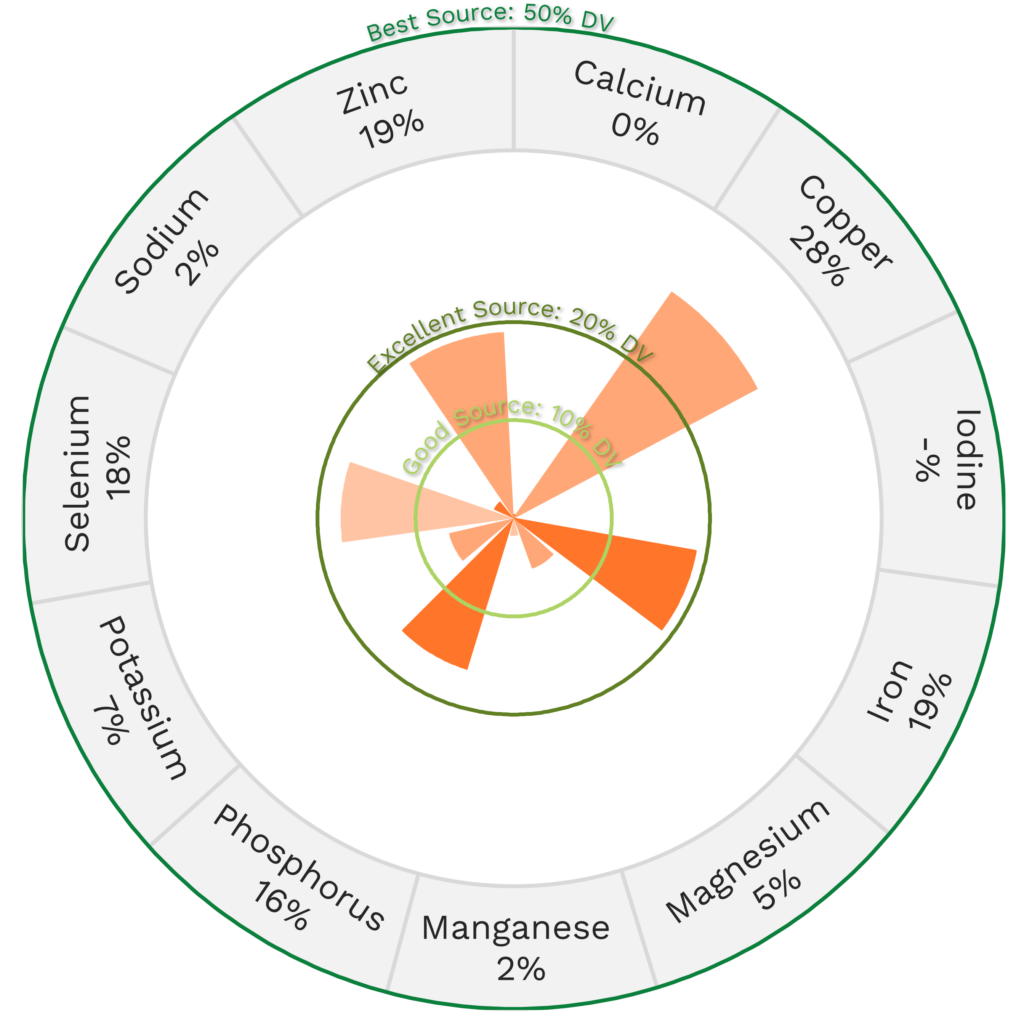
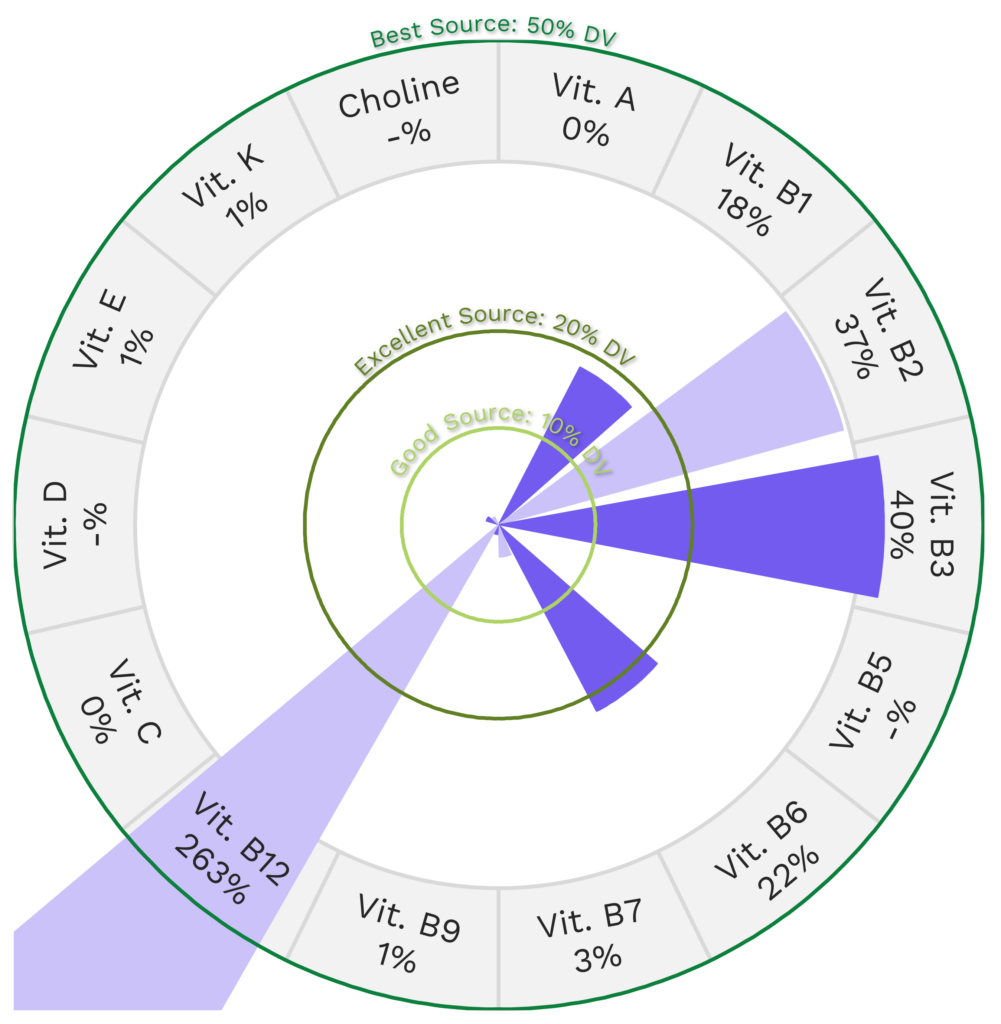
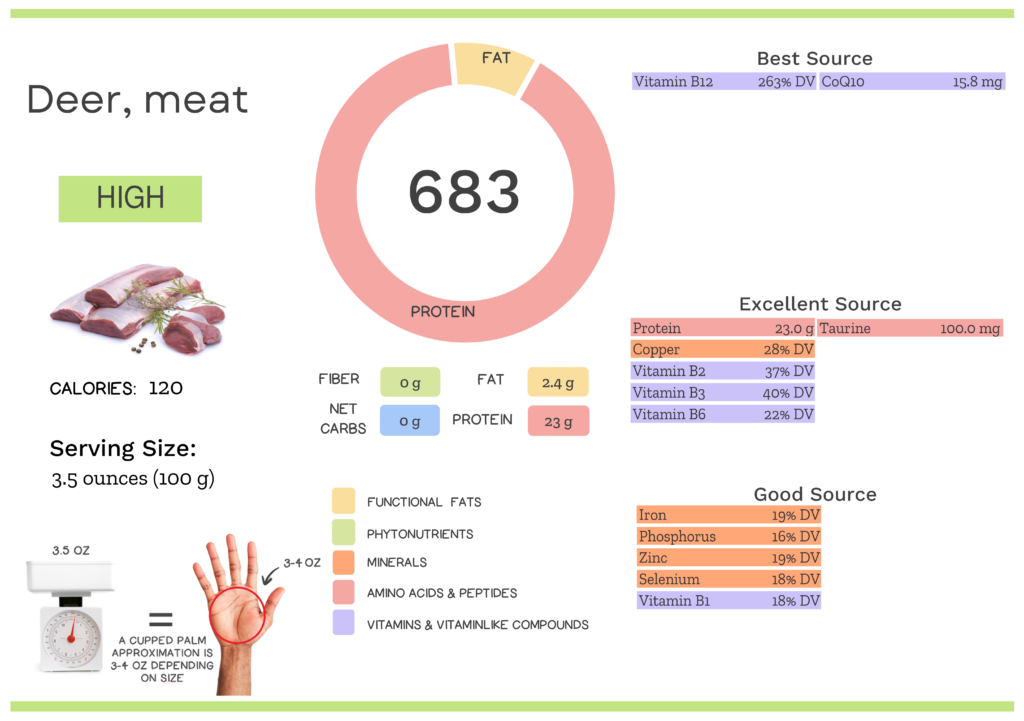
Deer Meat Nutrition Varies With Cooking and Processing
The Nutrivore Score of deer meat differs based on method of preparation and processing. Within any animal, vitamin and mineral content vary muscle to muscle, which means nutrient density varies between cuts of meat. Butchering therefore has an impact on the Nutrivore Score of different cuts of deer meat. Not only does the portion of the animal being consumed affect the nutrient profile, but also important is the fat content.
| NUTRIVORE SCORE | |
|---|---|
| Deer meat, cooked, roasted | 2001 |
| Deer meat, ground, cooked, pan-broiled | 432 |
| Deer meat, ground, raw | 437 |
| Deer meat, raw | 683 |
Game Meat Nutrition Varies With Type
Game meat generally refers to meat from animals hunted in the wild, and not raised on farms. Since these animals forage for their own food, their meat tends to be richer in flavor and lower in fat compared to that of domesticated animals. Game meat typically has about double the nutrient density of “regular” types of meat we can get at the grocery store, with the Nutrivore Scores of game meat varying widely depending on type.
| NUTRIVORE SCORE | |
|---|---|
| Antelope, raw | 4292 |
| Bear, raw | 1183 |
| Beaver, raw | 431 |
| Bison, raw | 394 |
| Boar, wild, raw | 205 |
| Caribou, raw | 750 |
| Deer, raw | 683 |
| Elk, raw | 718 |
| Goat, raw | 525 |
| Horse, raw | 507 |
| Moose, raw | 691 |
| Muskrat, raw | 3152 |
| Rabbit, wild, raw | 378 |
| Squirrel, raw | 384 |
| Water buffalo, raw | 3841 |
Impressed how “deer” the nutrition in venison is? Maybe your friends will be too!
Health Benefits of Deer Meat Nutrients
Let’s take a closer look at all of the best and excellent source of nutrients found in a 3.5-ounce serving of deer meat and see how they benefit our health.
Deer Meat Provides 15.8 mg of CoQ10
Deer meat is a best source of coQ10, providing 15.8 mg of coQ10 per 3.5-ounce serving!
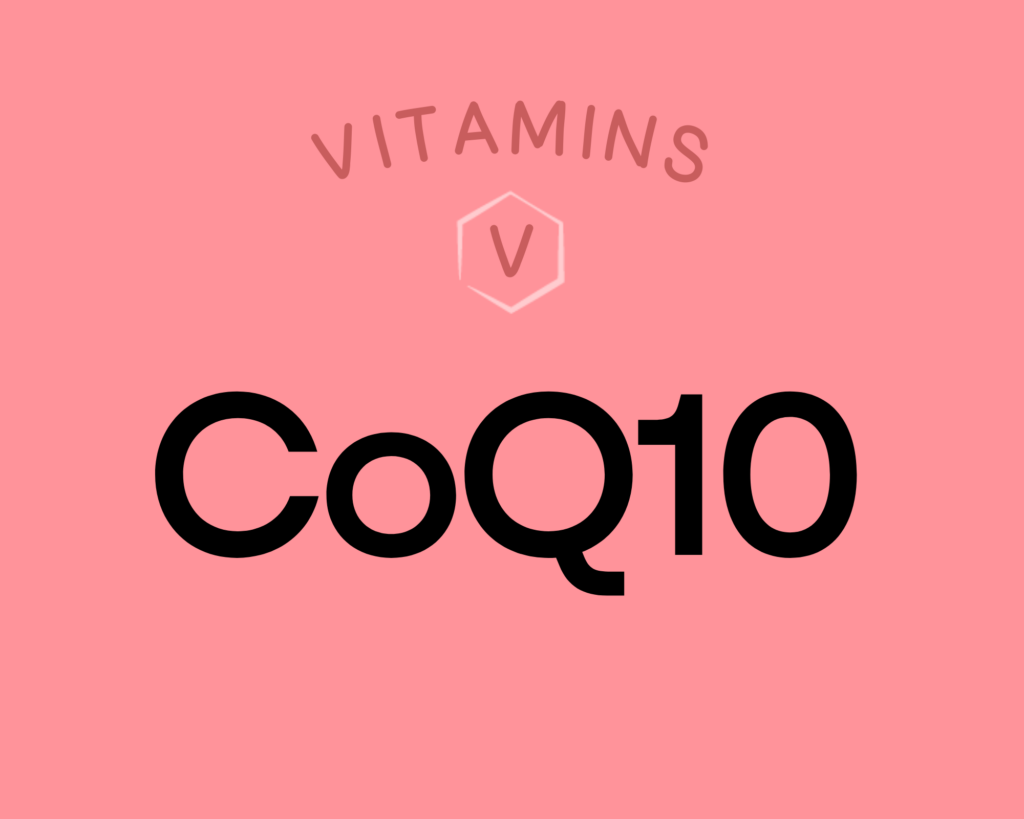
Ubiquinone is the oxidized form and ubiquinol is the reduced, more bioavailable form of the vitaminlike compound coenzyme Q10 (coQ10). CoQ10 is a potent antioxidant and a cofactor in the electron transport chain for the production of ATP. It may be helpful in treating or preventing heart and blood vessel conditions, diabetes, gum disease, muscular dystrophy, chronic fatigue syndrome, and breast cancer. Sources include beef, pork, mackerel, yellowtail fish, and chicken; it’s also found in smaller amounts in vegetables like broccoli and herbs like parsley. Learn more about coQ10 here.
Deer Meat Provides 263% DV Vitamin B12 (Cobalamin)
Deer meat is also a best source of vitamin B12 (cobalamin), providing 263% of the daily value per 3.5-ounce serving!
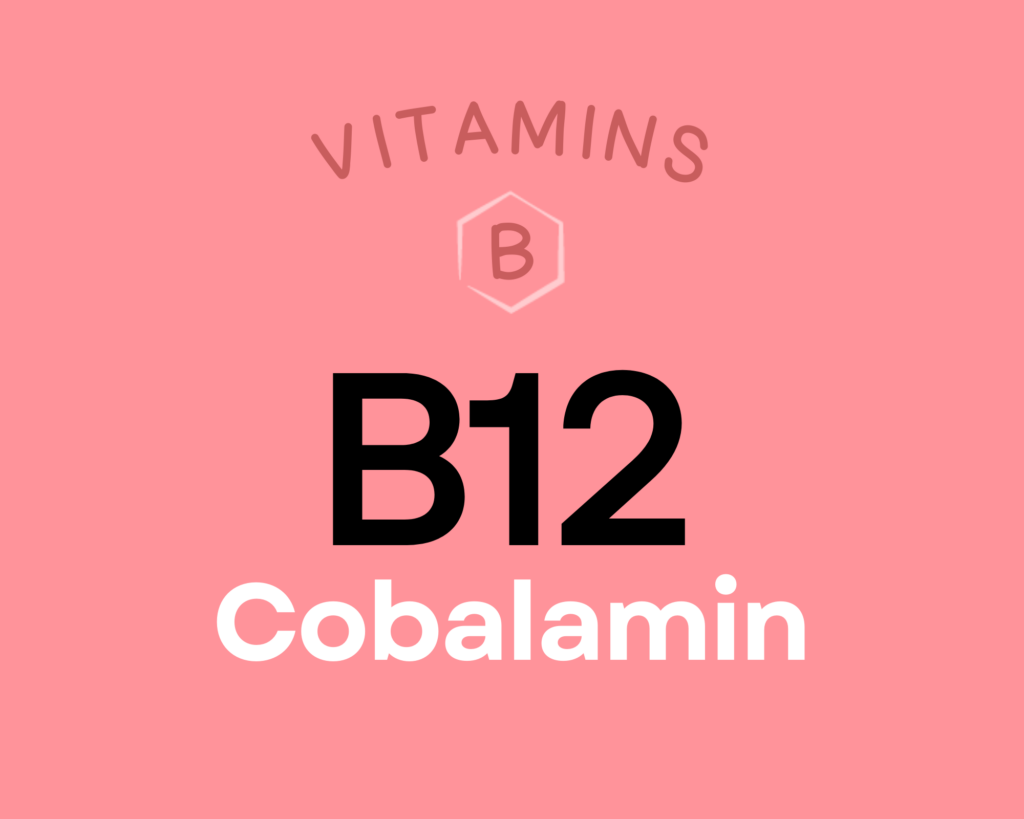
Vitamin B12 (cobalamin) is a water-soluble vitamin that serves as a cofactor for enzymes involved in energy metabolism, red blood cell production, DNA synthesis, neurotransmitter production, nervous system health, and folate metabolism. As a result of these roles, vitamin B12 is vital for maintaining brain and nervous system health, and may have a protective effect against dementia, Alzheimer’s disease, and depression. There’s also some evidence vitamin B12 may be cancer-protective, possibly through supporting folate metabolism (which then assists in repairing DNA damage). Learn more about vitamin B12 here.
Deer Meat Provides 23.0 g of Protein
Deer meat is an excellent source of protein, providing 23.0 g of protein per 3.5-ounce serving!
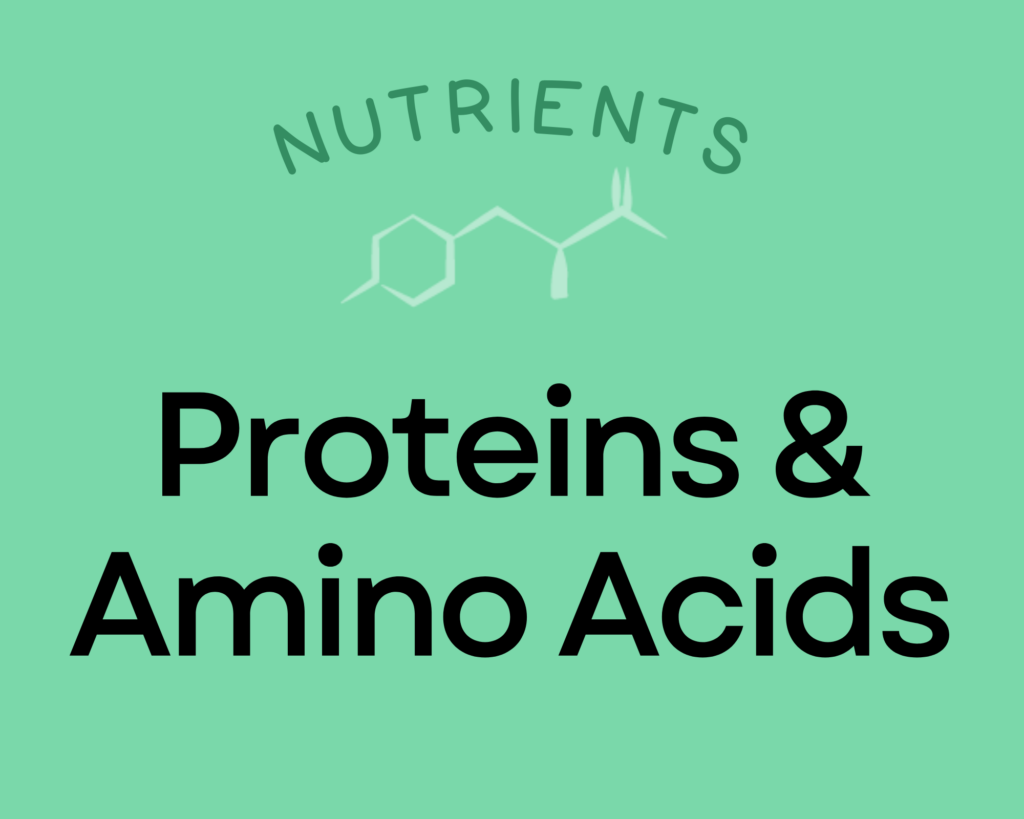
Proteins are the molecules that actually perform most of the various functions of life. In addition to being major structural components of cells and tissues, they have incredibly diverse roles from driving chemical reactions (e.g., enzymes) to signaling (e.g., some types of hormones) to transporting and storing nutrients. Dietary protein is necessary to supply the amino acid building blocks for all of the proteins in our bodies. The recommended daily allowance of protein is 0.36 grams per pound body weight (0.8 grams per kilogram of body weight). That amounts to 56 grams for a 150-pound person. However, it’s important to emphasize that this number is considered a minimum daily allotment, and there is no established upper limit. In fact, many studies have evaluated diets containing three to four times more protein than this minimum and proven benefits to weight management, body composition, hormone regulation, and cardiovascular health. These studies suggest that an optimal protein intake for most people is probably in the range of 1.2 to 1.8 grams per kilogram bodyweight (82 to 122 grams for that same 150-pound person), and that people who are very active may see the best results at even higher intake. Learn more about protein and amino acids here.
Deer Meat Provides 40% DV Vitamin B3 (Niacin)
Deer meat is also an excellent source of vitamin B3 (niacin), providing 40% of the daily value per 3.5-ounce serving!
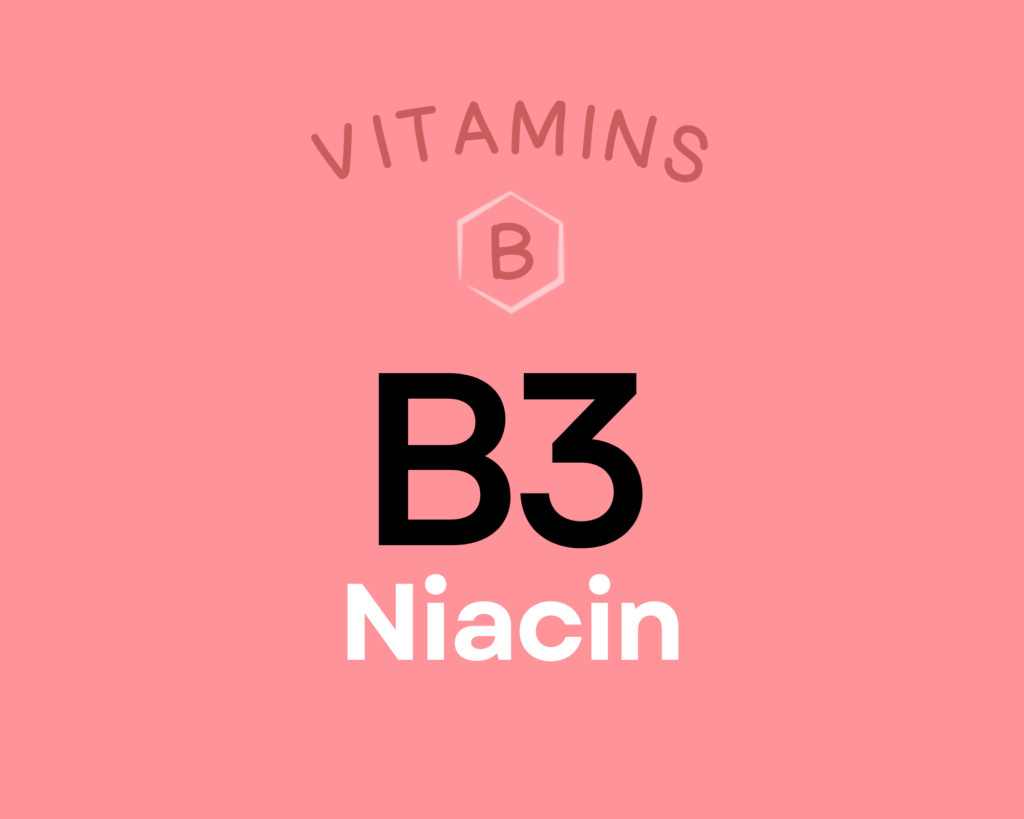
Niacin is a water-soluble B complex vitamin (vitamin B3) that’s needed to produce two very important coenzymes: nicotinamide adenine dinucleotide (NAD) and nicotinamide adenine dinucleotide phosphate (NADP). NAD and NADP are needed for over 400 enzymes involved in DNA repair, fatty acid synthesis, antioxidant systems, detoxification, and hormone synthesis, as well as the breakdown of fat, carbohydrate, protein, and alcohol. Niacin has therapeutic potential for cardiovascular disease and hyperlipidemia, and may also be protective against cancer and type 1 diabetes. Some research suggests it could benefit health outcomes for patients with HIV or schizophrenia as well. Learn more about niacin here.
Deer Meat Provides 37% DV Vitamin B2 (Riboflavin)
Deer meat is an excellent source of vitamin B2 (riboflavin), providing 37% of the daily value per 3.5-ounce serving!
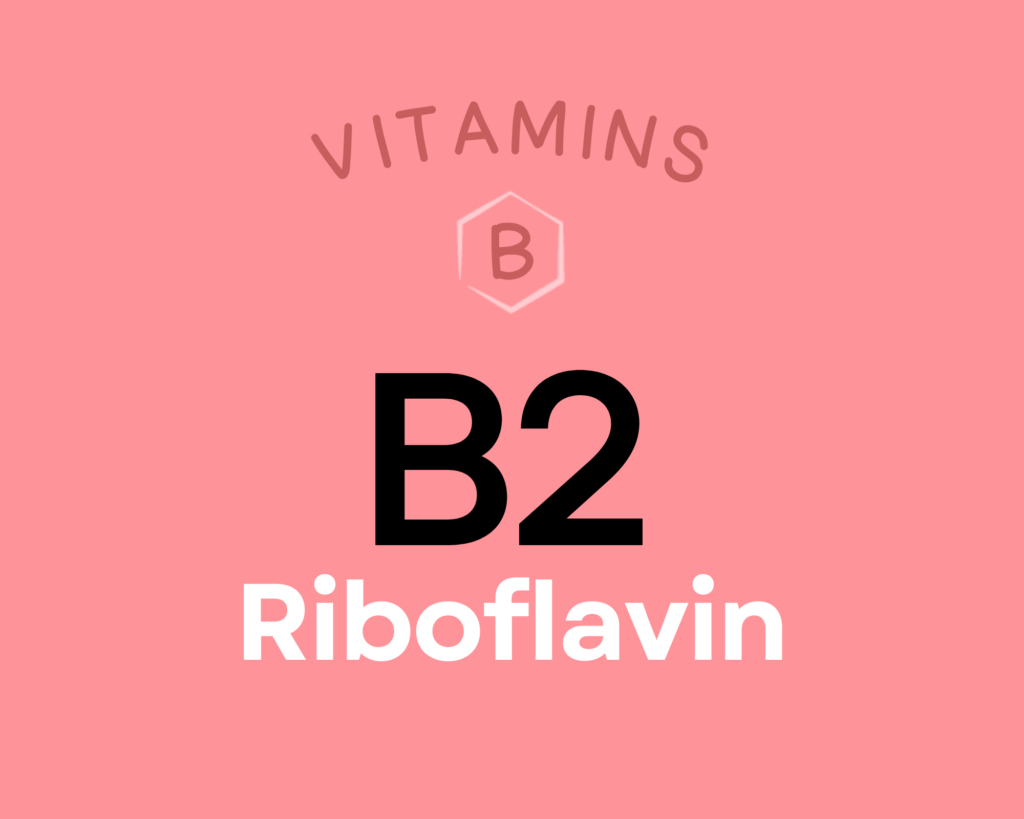
Riboflavin (or vitamin B2) is a vitamin that helps form two important coenzymes involved in oxidation-reduction reactions: flavin mononucleotide (FMN), and flavin adenine dinucleotide (FAD). Collectively, these coenzymes are involved in antibody production, energy production, growth and development, skin and hair health, and the metabolism of several other nutrients (vitamin B6, niacin, folate, and iron). Research suggests a role for riboflavin in preventing or treating migraine headaches, cardiovascular disease, cataracts, and preeclampsia during pregnancy. It also possesses some anti-cancer properties due to its involvement in folate metabolism and MTHFR activity. Learn more about vitamin B2 here.
Deer Meat Provides 28% DV Copper
Deer meat is also an excellent source of copper, providing 28% of the daily value per 3.5-ounce serving!
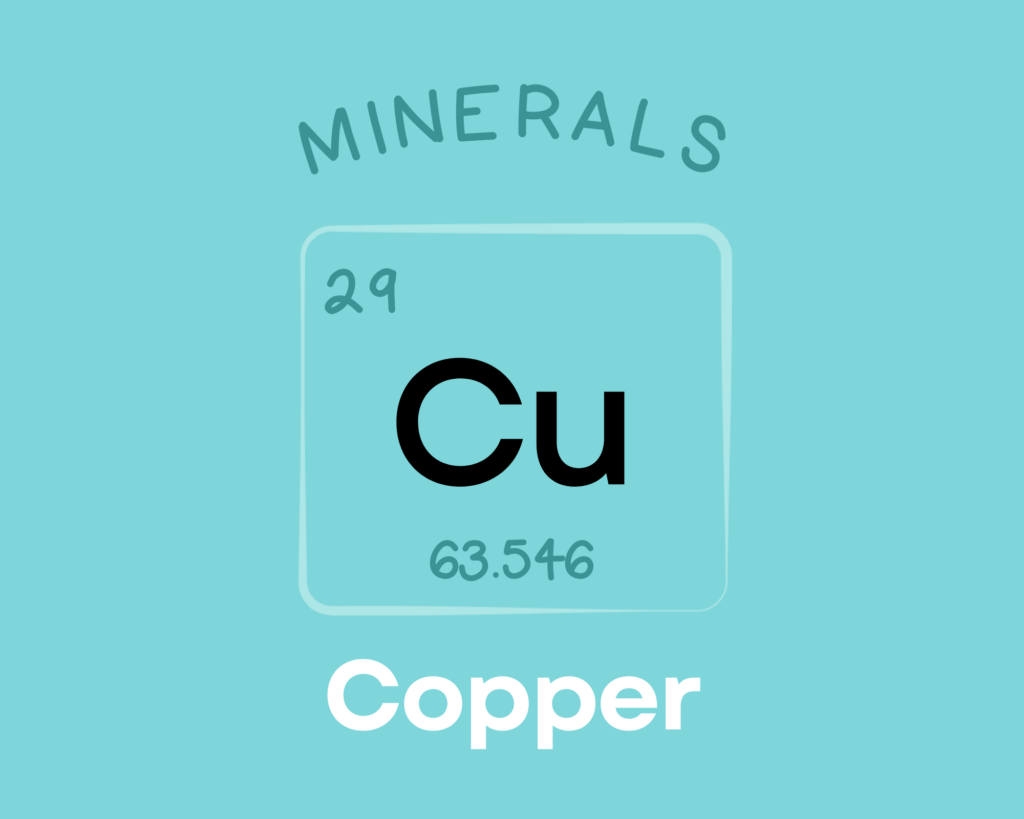
Copper is a trace mineral that’s essential for all living organisms. Copper serves as a component of numerous enzymes and proteins in the body, giving it diverse roles in the growth, development, and maintenance of various organs (including the heart and brain), bone, and connective tissue. Copper is also involved in glucose and cholesterol metabolism, helps regulate gene expression, can scavenge free radicals, and is needed for the production of red blood cells. Learn more about copper here.
Deer Meat Provides 100.0 mg of Taurine
Deer meat is an excellent source of taurine, providing 100.0 mg of taurine per 3.5-ounce serving!

Taurine is a non-proteinogenic amino sulfonic acid that supports neurological development, serves as a major component of bile (which helps to digest fats), and plays a role in water and mineral regulation within the blood (including through membrane stabilization and calcium signaling). Taurine also regulates the immune system and serves as an important antioxidant, and it plays a role in cardiovascular function and the development of skeletal muscle.
Deer Meat Provides 22% DV Vitamin B6 (Pyridoxine)
Deer meat is also an excellent source of vitamin B6 (pyridoxine), providing 22% of the daily value per 3.5-ounce serving!
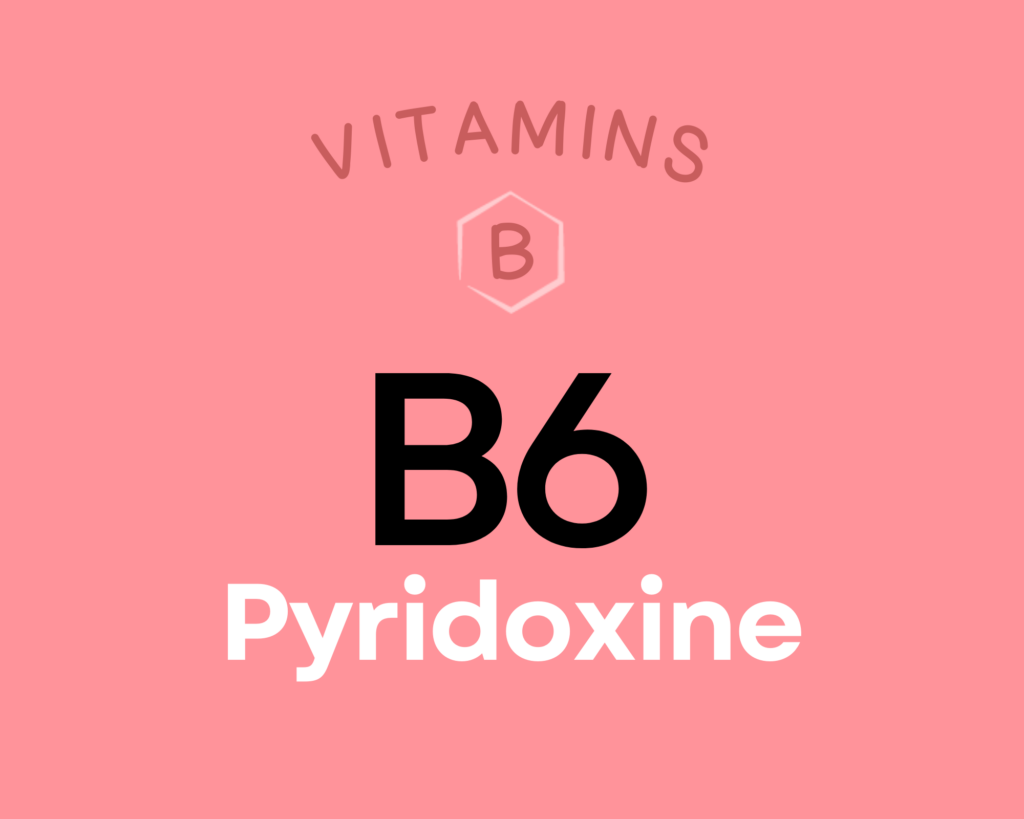
Vitamin B6 (pyridoxine) is a group of six water-soluble compounds with a similar chemical structure, all of which can be converted into their active form of pyridoxal 5’-phospate (PLP). Over 100 different enzymes require vitamin B6 in order to carry out their various functions in protein metabolism, fatty acid metabolism, neurotransmitter production, gluconeogenesis, hemoglobin synthesis, the release of glucose from glycogen, and energy metabolism (particularly the production of ATP in the Krebs cycle). Research suggests vitamin B6 may help protect against cardiovascular disease and certain cancers, could reduce the risk of depression among the elderly, and even reduce symptoms of morning sickness and PMS. Learn more about vitamin B6 here.
Learn What Foods Are the Best Sources of Every Nutrient

The Top 25 Foods for Every Nutrient
The Top 25 Foods for Every Nutrient e-book is a well-organized, easy-to-use, grocery store-friendly guide to help you choose foods that fit your needs of 43 important nutrients while creating a balanced nutrient-dense diet.
Get two “Top 25” food lists for each nutrient, plus you’ll find RDA charts for everyone, informative visuals, fun facts, serving sizes and the 58 foods that are Nutrient Super Stars!
Buy now for instant digital access.
How Much Deer Meat Should We Eat Per Day?
Red meat, including game meat such as deer, is a nutritionally valuable food and a great source of protein.
Proteins are the molecules that perform most of the various functions of life which is why protein deficiency is detrimental to all of the body’s organs and systems, including impacting function of the brain (especially in infants and young children), immune system, gut barrier, and kidneys. Dietary protein is necessary to supply the amino acid building blocks for all of the proteins in our bodies. Physical signs of protein deficiency include edema (swelling), poor musculature, dull skin, thin and fragile hair, and failure to thrive in infants and children.
The Accepted Macronutrient Distribution Ranges (AMDR) were established by the Food and Nutrition Board of the Institute of Medicine using evidence from interventional trials with support of epidemiological evidence that suggest a role in the prevention or increased risk of chronic diseases, and based on ensuring sufficient intake of essential nutrients. The AMDR for protein is 10% to 35% calories from protein.
The recommended daily allowance of protein is 0.36 grams per pound body weight (0.8 grams per kilogram of body weight). That amounts to 56 grams for a 150-pound person. However, it’s important to emphasize that this number is considered a minimum daily allotment, and there is no established upper limit. In fact, many studies have evaluated diets containing three to four times more protein than this minimum and proven benefits to weight management, body composition, hormone regulation, and cardiovascular health. These studies suggest that an optimal protein intake for most people is probably in the range of 1.2 to 1.8 grams per kilogram bodyweight (82 to 122 grams for that same 150-pound person), and that people who are very active may see the best results at even higher intake. Learn more about protein here.
Easily track your servings of Nutrivore Foundational Foods!

The Nutrivore Weekly Serving Matrix
The Nutrivore Weekly Serving Matrix digital resource is an easy-to-use and flexible weekly checklist designed to help you maximize nutrient-density and meet serving suggestions of Nutrivore foundational foods, all without having to weigh or measure your foods!
Includes a 22-page instructional guide and downloadable interactive guides.
Buy now for instant digital access.
cITATIONS
Expand to see all scientific references for this article.
Clements RS Jr, Darnell B. Myo-inositol content of common foods: development of a high-myo-inositol diet. Am J Clin Nutr. 1980 Sep;33(9):1954-67. doi: 10.1093/ajcn/33.9.1954. PMID: 7416064.
Ey J, Schömig E, Taubert D. Dietary sources and antioxidant effects of ergothioneine. J Agric Food Chem. 2007 Aug 8;55(16):6466-74. doi: 10.1021/jf071328f. Epub 2007 Jul 6. PMID: 17616140.
Froger N, Moutsimilli L, Cadetti L, Jammoul F, Wang QP, Fan Y, Gaucher D, Rosolen SG, Neveux N, Cynober L, Sahel JA, Picaud S. Taurine: the comeback of a neutraceutical in the prevention of retinal degenerations. Prog Retin Eye Res. 2014 Jul;41:44-63. doi: 10.1016/j.preteyeres.2014.03.001. Epub 2014 Apr 8. PMID: 24721186.
Mushtaq S, Heather Mangiapane E, Hunter KA. Estimation of cis-9, trans-11 conjugated linoleic acid content in UK foods and assessment of dietary intake in a cohort of healthy adults. Br J Nutr. 2010 May;103(9):1366-74. doi: 10.1017/S000711450999328X. Epub 2009 Dec 8. PMID: 19968893.
Pravst I, Zmitek K, Zmitek J. Coenzyme Q10 contents in foods and fortification strategies. Crit Rev Food Sci Nutr. 2010 Apr;50(4):269-80. doi: 10.1080/10408390902773037. PMID: 20301015.
USDA Food Central Database: Game meat, deer, raw
Watanabe T, Kioka M, Fukushima A, Morimoto M, Sawamura H. Biotin content table of select foods and biotin intake in Japanese. Int J Anal Bio-Sci. 2014. Vol 2(4):109-125.


